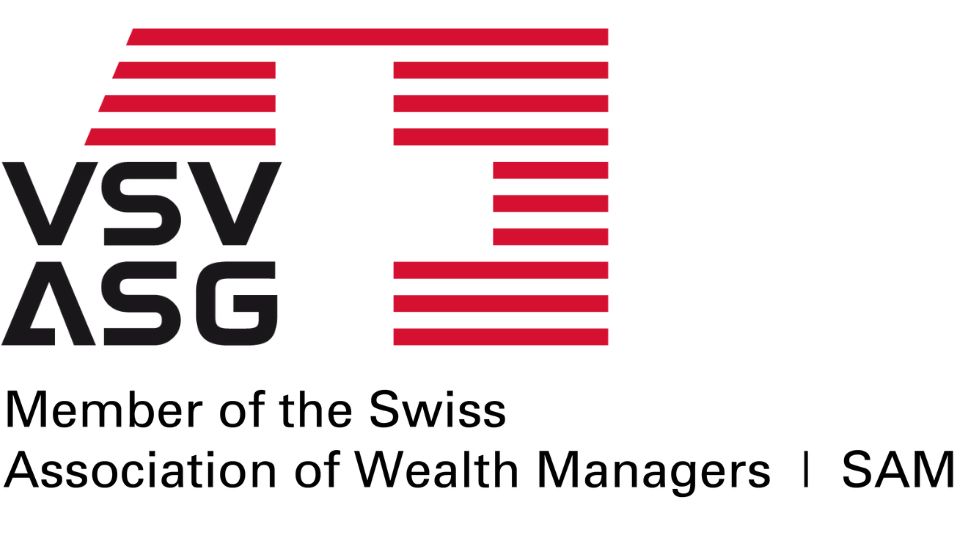As a connoisseur and specialist in the exquisite realm of watches, I often find myself at the crossroads of horology and financial advisement, eager to shed light on the tax optimisation opportunities accompanying such refined investments.
The market for luxury watches has been a rollercoaster of valuation fluctuations since the early 2010s, peaking with a fervent bubble around 2017. This phenomenon, somewhat of a self-fulfilling prophecy, escalated demand as aficionados and speculative investors sought to flip their acquisitions for swift gains. Yet, as the bubble deflated in 2022, the enduring question arises: do watches serve as viable long-term investments?
The essence of watch collecting transcends mere financial speculation. It’s about cherishing what resonates with you personally, knowing well that actual value appreciates subtly over time—any substantial price surge merely serves as a delightful bonus to one’s passion.
But let’s not overlook the pragmatic aspect of this pursuit, especially within Switzerland’s borders, where the hearts of watch enthusiasts and collectors beat as one. The financial implications, particularly tax considerations, warrant a thorough discussion.
Deciphering the Watch Market
Historical Performance
Luxury watches have evolved far beyond their original purpose. People now regard them as coveted treasures, emblematic of meticulous craftsmanship and a storied heritage. Select brands and models have showcased notable value appreciation over the years, positioning them alongside stocks and bonds in the eyes of savvy investors.
Factors Influencing Value
Several vital factors govern the allure of a timepiece:
Brand Reputation: Luxury titans like Rolex, Patek Philippe, and Audemars Piguet often command higher resale values due to their esteemed legacy.
– Rarity and Exclusivity: Scarce watches, limited editions, or discontinued models see their value climb steeply.
– Condition and Authenticity: A well-preserved piece boasting authenticity attracts premium market prices.
– Market Dynamics: Advisors recommend caution regarding auction results and advertised prices, often exclusive of VAT, to reflect the market’s global reach.
Navigating Investment Strategies
Buy-and-Hold
This approach requires patience, allowing the intrinsic value of the watch to appreciate over time. A varied portfolio across brands, styles, and price points dilutes risk.
Flipping
Though not a traditional investment, flipping watches for short-term profit hinges on adept market timing and trend analysis.
Investing Through Funds
A collective investment in watches diversifies exposure across various brands and models, tethered to market and auction insights.
Navigating Swiss Tax Implications for Luxury Watch Investments
Value Added Tax (VAT):
In Switzerland, the VAT rate for goods and services, including luxury watches, is 8.1%. This percentage is crucial for buyers and sellers within the watch market. Non-residents may be delighted to learn that VAT exemptions apply to purchases intended for export. This policy encourages international buyers to indulge in Swiss luxury by offering a refund of the VAT paid on watches, provided the buyers export them from Switzerland within a specified period following the purchase.
Wealth Tax:
Switzerland’s wealth tax is applied based on the total value of an individual’s assets, with rates and rules varying significantly across cantons. Accurately valuing your collection is crucial for watch collectors, and while you might consider depreciation, the method and rate can differ locally.
Capital Gains Tax:
Generally, capital gains on the private sale of personal assets, like luxury watches, are not taxed in Switzerland. This exemption applies if the sale of watches is not professional or commercial.
Reporting Requirements:
Owners must accurately declare the value of their watch collections in their annual tax returns. This declaration is essential for compliance and reflects the collection’s fair market value as of the tax year.
Considerations for Watch Investors:
Given Swiss tax law’s complexity and cantonal differences, consulting with a tax advisor specialising in luxury assets can provide tailored advice and ensure compliance. To mitigate risk, securing specialised insurance coverage for your collection is advised. Regular, professional valuations ensure that your insurance coverage remains adequate and prepares you for tax assessments or inheritance planning.
Mitigating Risks
Authentication and Documentation
Verifying authenticity and maintaining comprehensive records bolsters both transparency and value. Ensuring the authenticity of watches through reputable authentication services minimises the risk of purchasing counterfeit or altered timepieces. Maintaining detailed records of purchase invoices, certificates of authenticity, and service history enhances transparency and resale value.
Insurance Coverage
To mitigate risk, you must secure specialised insurance coverage for your collection. Specialised insurance, complemented by regular valuations, safeguards the collection, with unreported items during succession facing stringent penalties. Regularly appraising watches and updating insurance policies ensures adequate coverage in case of unforeseen events.
Disclaimer
It is imperative to emphasise that investing in watches should not be seen as a guaranteed safe investment. The watch market is highly dynamic and influenced by various factors, including market bubbles, macroeconomic conditions, and consumer trends. Focus on collecting watches that personally appeal to you rather than solely chasing market trends or perceived investment potential.
For any enthusiasts who’ve enjoyed this article I’d like to suggest attending this years Watch & Wonders Geneva 2024 event.







